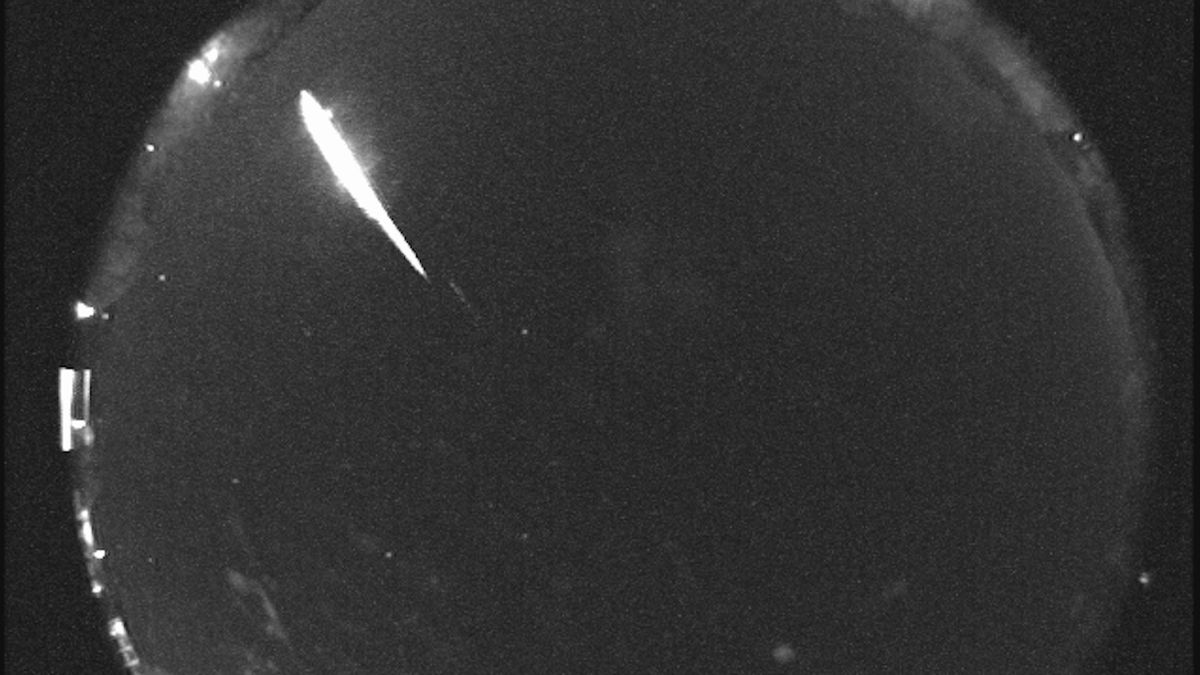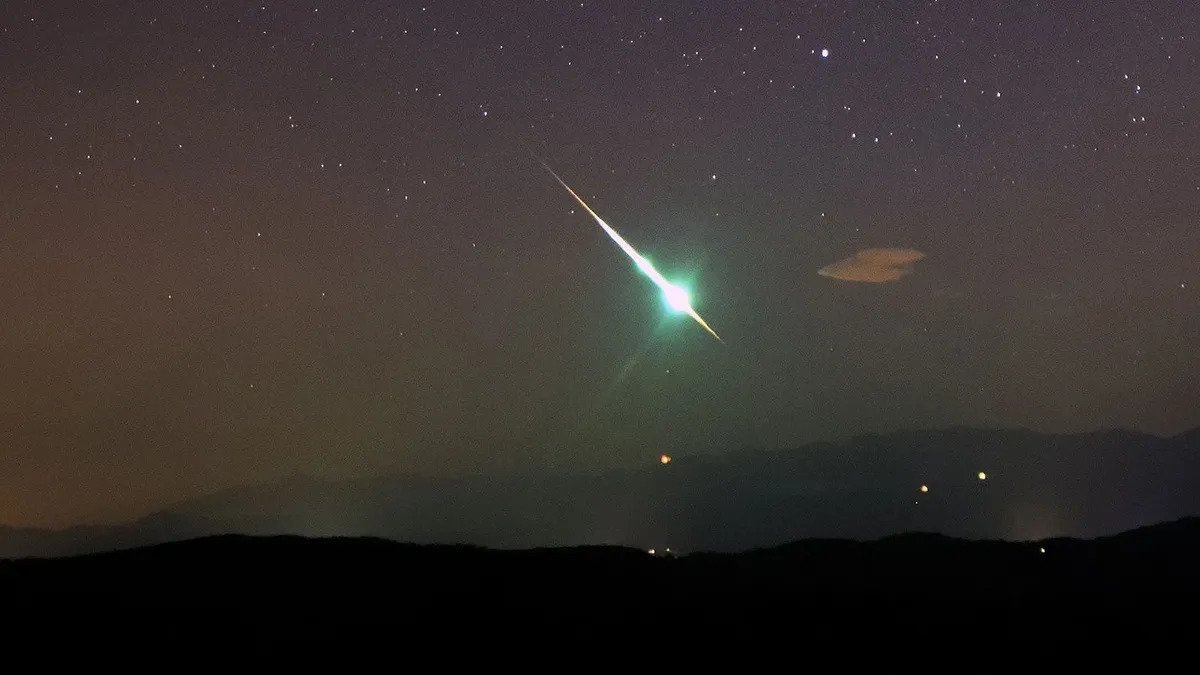How To See The Taurid Meteor Shower At Its Peak Next Weekend
How to see the Taurid meteor shower at its peak next weekend, with the event presenting a perfect chance for astronomy enthusiasts to witness the captivating show in the night sky. The upcoming meteor shower is famous for its spectacular display of bright fireballs.
Author:Hajra ShannonReviewer:Paula M. GrahamNov 06, 202323 Shares23.3K Views

How to see the Taurid meteor shower at its peak next weekend,with the event presenting a perfect chance for astronomy enthusiasts to witness the captivating show in the night sky. The upcoming meteor shower is famous for its spectacular display of bright fireballs.
The Northern and Southern Taurid meteor streams grace our skies each autumn as our planet intersects the remnants of Comet Encke. November marks the period when meteor activity from both the Northern and Southern Taurids will be at its zenith. The Southern Taurids will kick off the meteor spectacle this weekend.
When You Can See The Southern Taurid Meteor Shower
The Taurid meteor showers are observable when the Taurus constellation is above the horizon, typically occurring between September and November, as stated by NASA. These meteor showers have an extended duration, spanning several weeks, and are distinctive for their slow-moving meteors, which are more easily visible in comparison to other meteor showers like Orion and Perseid.
Even during their peak activity, both the Southern and Northern branches of the Taurid meteor streams are not known for high frequency, typically producing only around five meteors per hour. However, what makes them remarkable is the substantial size and brightness of the meteors they generate, resulting in an uptick in fireball sightings when both branches are simultaneously active, as reported by the American Meteorological Society.
The Southern Taurid meteor shower is active from September 23 to December 8, with the most prominent viewing opportunities expected on Sunday and Monday. Conversely, the Northern Taurid meteor shower, which occurs between October 13 and December 2, is anticipated to reach its peak around November 11 and November 12.
How To Watch The Taurid Meteor Shower
The Taurid meteor showers, originating from the general direction of the Taurus constellation, can be observed from nearly anywhere on Earth, except for the South Pole. The most favorable time to witness this celestial activity is typically after midnight and before dawn.
During this period, the moon's illumination is less likely to disrupt the display, and the Taurus constellation, which serves as the radiant point of the meteor shower, is positioned high in the sky, as advised by Earth Sky, a website specializing in astronomy and Earth sciences.
Situated to the northeast of the Orion constellation, Taurus is recognizable through the presence of the bright red star Aldebaran and the star cluster Pleiades. Given that stargazers are in a sufficiently dark environment, there is typically no need for equipment such as telescopes or binoculars to catch a glimpse of this celestial spectacle.
"Hunting for meteors, like the rest of astronomy, is a waiting game, so it's best to bring a comfy chair to sit on and to wrap up warm as you could be outside for a while," according to Royal Museums Greenwich(RMG).
Causes Of The Taurid Meteor Shower
Referred to as "shooting stars," meteors are formed when debris enters Earth's atmosphere and incinerates. Meteor showers, in turn, transpire when Earth journeys through a field of remnants from comets.
Astronomers posit that the meteors originating from both branches of the Taurid meteor streams are remnants from Encke's comet. Encke's comet, identified in 1786 by French astronomer Pierre F. A. Mechain, earned its name from the calculations of its orbit made by German astronomer Johann Franz Encke, as detailed by NASA.
Encke, believed by some astronomers to be a fragment of a larger comet that fragmented tens of thousands of years ago, boasts the shortest orbital period of any known comet in our solar system, completing its orbit around the sun in just 3.3 years.
During each of Encke's returns to the inner solar system, its relatively small nucleus releases ice and rock into space, resulting in the creation of a vast debris stream. This debris stream is so extensive that Earth requires a substantial amount of time to traverse it. Consequently, we witness two distinct components of the same debris cloud: the Northern Taurids and the Southern Taurids, as explained by RMG.

Hajra Shannon
Author

Paula M. Graham
Reviewer
Latest Articles
Popular Articles
